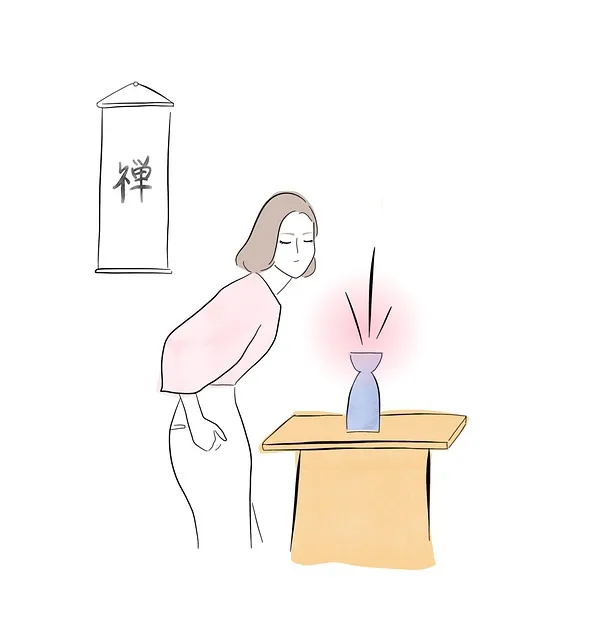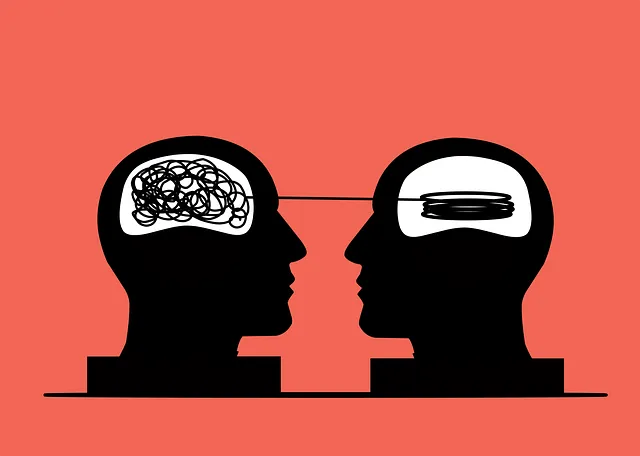Lafayette and Kaiser offer distinct yet vital approaches to inpatient mental health care, catering to diverse needs. These programs provide intensive, structured environments with therapeutic support for effective mood regulation. Through community outreach, education on techniques like mindfulness and cognitive reframing, and promotion of self-care practices, they foster emotional resilience. Understanding these services, especially those potentially offered by Lafayette and Kaiser, is crucial for seeking assistance. Combining professional support with practices like meditation, journaling, exercise, sleep, and diet helps maintain emotional balance and stabilizes moods.
Mood regulation is a vital skill, and understanding effective strategies can significantly impact mental well-being. This article explores various techniques to manage and enhance your mood, with a focus on inpatient mental health programs. We compare Lafayette’s approach versus Kaiser’s services, examining the benefits of each. Additionally, we’ll discuss everyday tools that promote emotional stability and provide insights into practical applications. Discover how these strategies can empower individuals to navigate and improve their mental health journey.
- Understanding Mood Regulation Strategies
- Inpatient Mental Health Programs: Lafayette vs Kaiser
- Effective Tools for Daily Practice
Understanding Mood Regulation Strategies

Mood regulation strategies are essential tools for managing and maintaining emotional well-being. These strategies empower individuals to navigate their mental health journeys effectively, especially those seeking support through programs like Lafayette does Kaiser have inpatient mental health services. Inpatient mental health programs offer intensive care and structured environments, incorporating various therapeutic approaches.
The design of Mental Health Education Programs plays a pivotal role in fostering emotional resilience. By implementing Community Outreach Program Initiatives, these programs raise awareness about mood regulation techniques, providing accessible resources for those in need. Through Educational Sessions, individuals learn to identify triggers, develop coping mechanisms, and cultivate healthy habits that contribute to improved emotional balance. Emotional Well-being Promotion Techniques, such as mindfulness practices, cognitive reframing, and social support networks, are integrated into these programs, offering holistic solutions for managing mood fluctuations.
Inpatient Mental Health Programs: Lafayette vs Kaiser

Inpatient mental health programs offer intensive care for individuals dealing with severe or acute mental health conditions. When comparing Lafayette’s approach to Kaiser’s, one key differentiator lies in their operational models. Lafayette often focuses on providing a more personalized, intimate environment, allowing for tailored interventions and closer monitoring. This is particularly beneficial for patients undergoing emotional healing processes, as it fosters trust and encourages active participation in therapy.
On the other hand, Kaiser, with its robust infrastructure, emphasizes a comprehensive, evidence-based treatment approach, including group therapies and community support systems. Such programs cater to a broader range of mental health needs and can be particularly effective for those engaging in risk assessment for mental health professionals or requiring advocacy within Mental Health Policy Analysis. This contrast highlights the diverse strategies employed by these institutions, each with its merits based on individual patient requirements.
Effective Tools for Daily Practice

In today’s fast-paced world, effective mood regulation strategies are essential for maintaining emotional balance and overall well-being. Lafayette does Kaiser have inpatient mental health services? Indeed, professional support is crucial, but self-care practices can be powerful tools for daily emotional regulation. Incorporating Self-Awareness Exercises, such as mindfulness meditation or journaling, allows individuals to better understand their triggers and patterns, fostering a sense of control and promoting healthy coping mechanisms.
Additionally, Self-Care Practices like regular physical activity, adequate sleep, and a balanced diet play a significant role in stabilizing moods. These practices help reduce stress levels and improve overall mental resilience. Emotional Regulation isn’t just about managing intense feelings; it’s also about cultivating a positive mindset and nurturing one’s inner peace, which can be achieved through consistent self-care routines.
In the realm of mental wellness, effectively managing moods is a pivotal skill. The article has explored various strategies, highlighting the contrast between Lafayette’s and Kaiser’s inpatient mental health programs. It’s evident that both organizations offer unique approaches to mood regulation, with Lafayette focusing on personalized care and Kaiser renowned for its comprehensive resources. Ultimately, choosing the right support depends on individual needs. For those considering daily practice tools, incorporating techniques from both models can foster a robust mood management strategy, ensuring a more balanced and fulfilling life.






